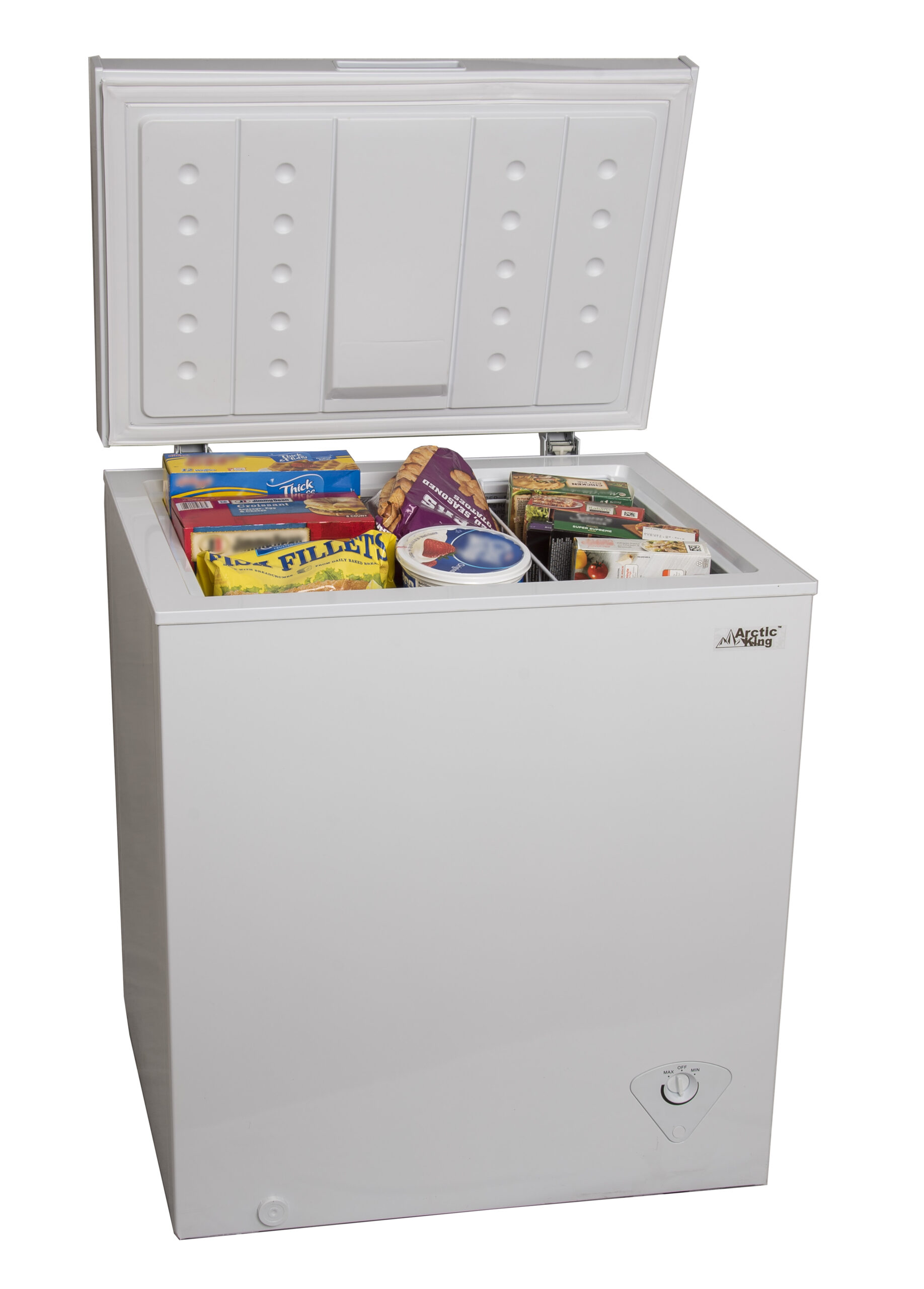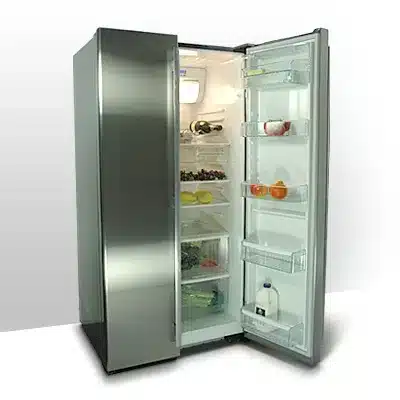Have you ever noticed that your freezer feels hot on the outside or inside? If so, you may be wondering what’s causing this phenomenon and whether it’s a sign of a problem. While it’s normal for a freezer to feel warm or hot to the touch in some areas, such as the sides or the door seal, it’s not normal for the freezer interior to feel hot. This could indicate that your freezer is not cooling properly and that your food is at risk of spoiling. In this article, we’ll explore some of the possible reasons for a hot freezer interior and how to fix them.
The most common reasons for a hot freezer interior are: a malfunctioning condenser fan, a dirty or damaged condenser coil, a faulty thermostat, a defective temperature sensor, or a broken defrost system.
These issues can prevent the freezer from removing heat from the inside and transferring it to the outside, resulting in a rise in temperature and a decrease in efficiency.
How to Check and Fix a Hot Freezer Interior
If you notice that your freezer interior feels hot, you should act quickly to find and fix the problem. Here are some steps you can follow to check and fix a hot freezer interior:
- Unplug your freezer from the power source and remove any food items from it. You may want to store them in coolers with ice packs or in another freezer if possible.
- Check the condenser fan at the back or bottom of the freezer. The condenser fan helps to circulate air over the condenser coil, which is where the heat from the freezer is released. If the fan is not working properly, the heat will not be dissipated and the freezer will get hot. To check the fan, spin it manually and see if it turns freely. If it doesn’t, you may need to replace it or lubricate it. You can also use a multimeter to test the fan motor for continuity. If there is no continuity, you’ll need to replace the fan motor.
- Check the condenser coil at the back or bottom of the freezer. The condenser coil is a series of tubes that carry the refrigerant from the compressor to the evaporator. The refrigerant releases heat as it passes through the coil, cooling down the freezer. If the coil is dirty or damaged, it will not be able to release heat efficiently and the freezer will get hot. To check the coil, use a soft brush or vacuum cleaner to remove any dust or debris from it. If you see any signs of damage, such as cracks, leaks, or corrosion, you’ll need to replace the coil.
- Check the thermostat inside the freezer. The thermostat is a device that regulates the temperature inside the freezer by turning on and off the compressor and fan. If the thermostat is faulty, it may not sense the correct temperature and keep running the compressor and fan longer than necessary, causing overheating. To check the thermostat, turn it to different settings and see if there is any change in temperature or sound. You can also use a multimeter to test it for continuity at different settings. If there is no continuity or no change in temperature or sound, you’ll need to replace the thermostat.
- Check the temperature sensor inside the freezer. The temperature sensor is a device that monitors and sends signals to the electronic control board about the temperature inside the freezer. If the sensor is defective, it may not send accurate signals and cause the control board to malfunction, resulting in overheating. To check the sensor, use a multimeter to test it for resistance at different temperatures. You can compare your readings with those in your owner’s manual or online. If there is no resistance or if your readings are different from those expected, you’ll need to replace the sensor.
- Check the defrost system inside the freezer. The defrost system consists of several components that work together to melt any frost or ice that accumulates on the evaporator coil inside the freezer. The defrost system includes a defrost timer, a defrost heater, and a defrost thermostat. If any of these components are faulty, they may not activate or deactivate properly and cause excessive frost buildup or overheating. To check each component, use a multimeter to test them for continuity when they are supposed to be on or off according to your owner’s manual or online instructions. If there is no continuity when there should be or vice versa, you’ll need to replace that component.

Conclusion
A hot freezer interior is not normal and can indicate that your freezer is not cooling properly and that your food is at risk of spoiling. Some of the possible reasons for a hot freezer interior are: a malfunctioning condenser fan, a dirty or damaged condenser coil, a faulty thermostat, a defective temperature sensor, or a broken defrost system. These issues can prevent your freezer from removing heat from the inside and transferring it to the outside, resulting in a rise in temperature and a decrease in efficiency. To fix a hot freezer interior, you’ll need to check and fix each of these components or hire a professional to do it for you.


